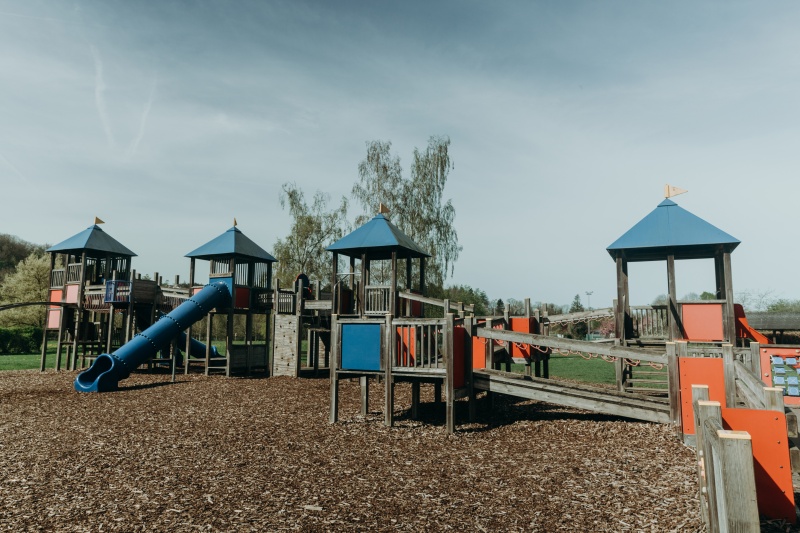We use cookies to make your experience better. To comply with the new e-Privacy directive, we need to ask for your consent to set the cookies. Learn more.
Play Bark Installation - A Step By Step Guide


1. Site Preparation
- Clear the Area: Remove existing turf, debris, and sharp objects.
- Excavate: Dig to the required depth, considering the critical fall height (CFH) of the play equipment.
- Install Edging: Use timber or plastic edging to contain the bark and prevent displacement.
- Sub Base: Although not essential, it is good practice to install a free draining sub base to prevent waterlogging and increase the longevity of the Play Bark.
2. Install a Geotextile Membrane
- Purpose: Prevents weed growth and separates the bark from the soil.
- Installation: Lay the membrane evenly across the excavated area, ensuring it covers the entire surface. It is recommended the membrane be laid up the sides of the edging and secured to contain the surface and prevent bark from working it's way below the membrane.
3. Determine Required Depth
- Critical Fall Height (CFH): Identify the maximum fall height of the play equipment.
- Calculate Depth: Add 20% to the tested depth required to achieve the CFH. For example, if tests show 200mm is needed, install 240mm to account for settlement.
- Recommended Depths: Depths of 300mm, 200mm and 100mm giving critical fall heights of 6.01metres, 3.82 metres and 1.33 metres respectively
4. Lay the Play Bark
- Material Selection: Use bark that complies with BS EN 1176 standards at depths of 300mm, 200mm and 100mm giving critical fall heights of 6.01metres, 3.82 metres and 1.33 metres respectively
- Application: Spread the bark evenly to the calculated depth, allowing for 20% settlement over time.
5. Post-Installation Inspection
- Inspection: Check the surface for any wood shards and remove as required. Confirm optimum depths have been achieved.
6. Maintenance
- Regular Checks: Inspect the bark for displacement, contamination, or degradation. Remove any new wood shards showing on the surface.
- Top-Up: Replenish the bark as needed to maintain the required depth and safety standards.
